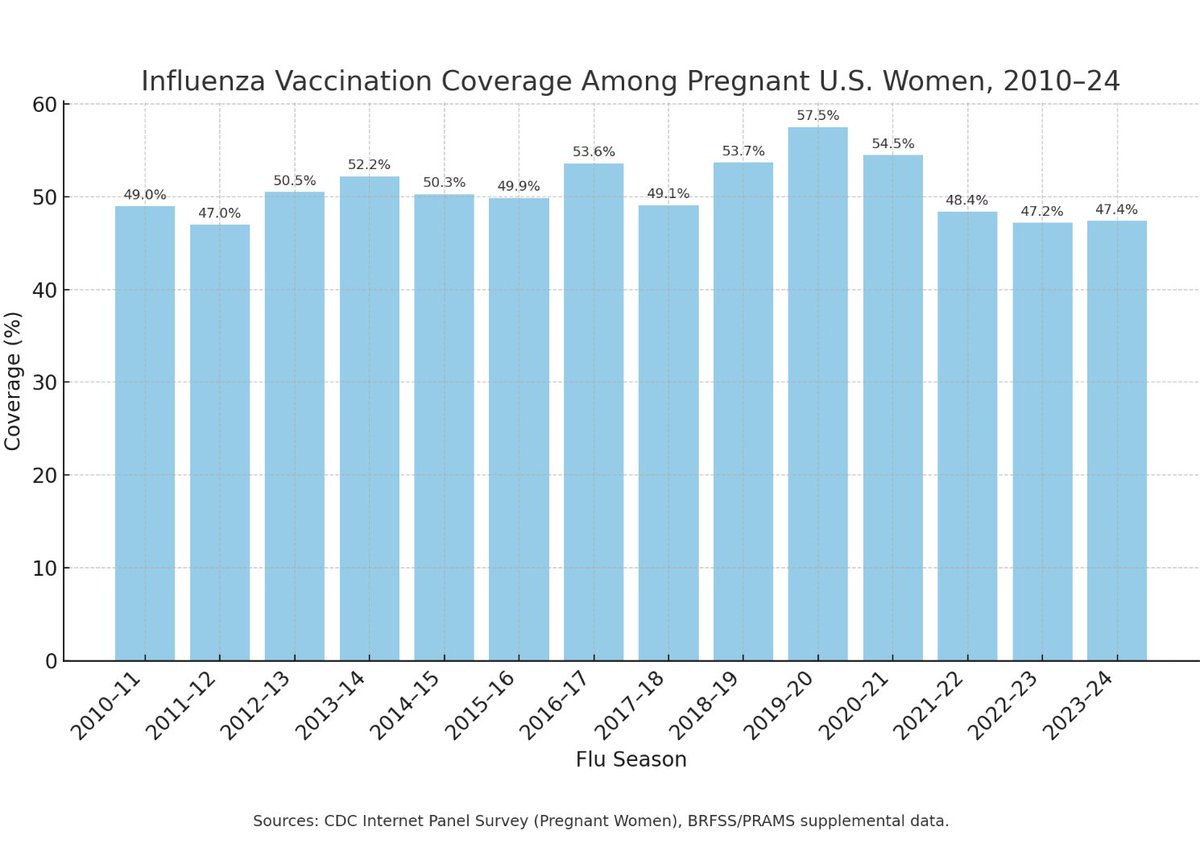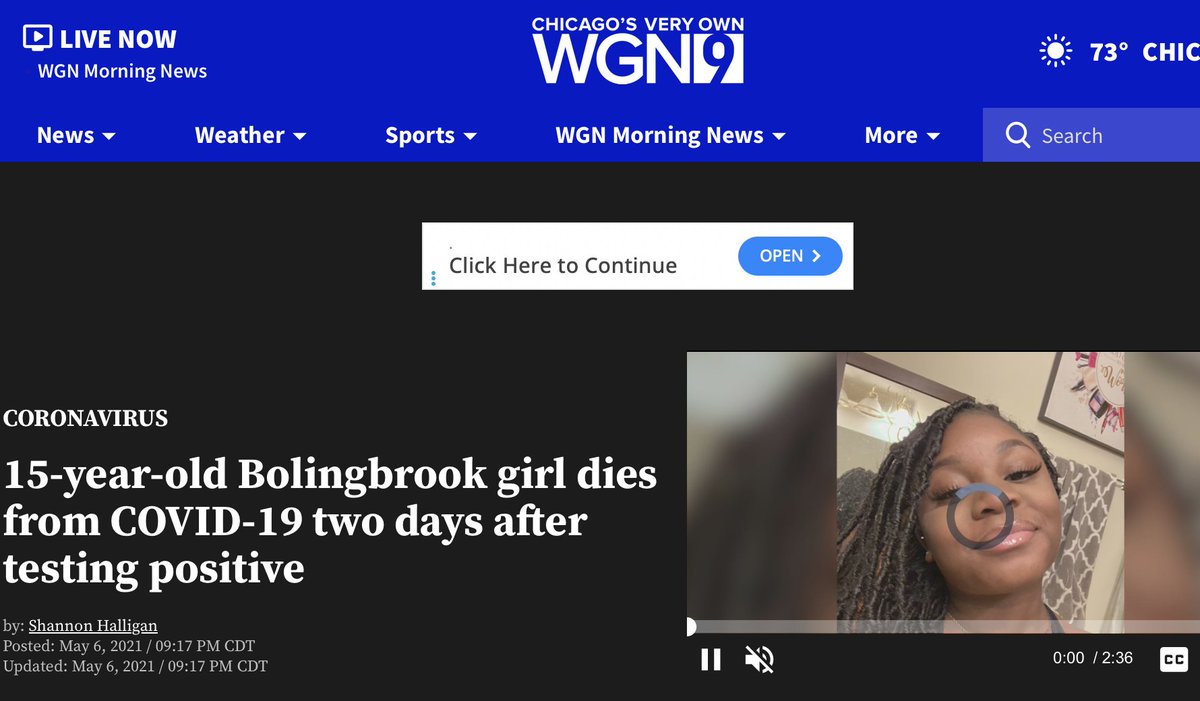What happened with testing for SARS-CoV-2 happened before, with H1N1.
The 2008-09 season was nearly over when the WHO issued "a public health emergency of international concern" on April 2th.
Outpatient visits for Influenza-Like Illness visits shot up almost immediately.
Nothing gradual here.
Outpatient visits for Influenza-Like Illness visits shot up almost immediately.
Nothing gradual here.

Daily emergency department ILI visits in New York City at the time show an even more dramatic spike. 

There were simultaneous jumps not only in different regions of the U.S., but in the U.K. and elsewhere. 

A purported H1N1 outbreak on a college campus in Delaware likewise shows ILI visits going up after students heard there was something to fear and a campus-wide "alert" was issued pubmed.ncbi.nlm.nih.gov/19911964/

Shortly after the WHO announcement about the the FDA authorized the first H1N1 test for emergency use.
Good thing a test was ready for all those people coming into outpatient and emergency departments! cdc.gov/coronavirus/20…
Good thing a test was ready for all those people coming into outpatient and emergency departments! cdc.gov/coronavirus/20…

The number of flu specimens tested immediately went vertical, tripling their seasonal peak in one week.
Similar to ILI, there was no gradual increase of flu specimens tested that might suggest people were sick with an “emerging” strain.
Similar to ILI, there was no gradual increase of flu specimens tested that might suggest people were sick with an “emerging” strain.

Virologic surveillance data for this period are comical.
How does a version of flu fail to show up in ILI or the number of specimens tested, and then light up on the radar after people are told it’s on the scene?
How does a version of flu fail to show up in ILI or the number of specimens tested, and then light up on the radar after people are told it’s on the scene?

There is no plausible biological explanation for the explosion in positivity; it was driven by the test availability & testing.
This is why along with detection of the “novel” H1N1, we see increases in positivity of many other viruses in the flu stew. (See⬆️in red, blue, etc.)
This is why along with detection of the “novel” H1N1, we see increases in positivity of many other viruses in the flu stew. (See⬆️in red, blue, etc.)

AFAIK, a summer respiratory illness "outbreak" of this magnitude hadn’t been observed b4.
This was contrived.
1. Create a test for something that was already there.
2. Use fear to compel ppl to go to the doctor or hospital.
3. Test those ppl (plus older samples) and VOILA!
This was contrived.
1. Create a test for something that was already there.
2. Use fear to compel ppl to go to the doctor or hospital.
3. Test those ppl (plus older samples) and VOILA!
Some people say 2009 H1N1 as an example of viral interference, with H1N1 snuffing out or pushing aside other strains.
There was interference, but of an economic and political nature....
There was interference, but of an economic and political nature....
WHO & the pandemic preparedness complex had a solution in need of a problem.
That is, a shot in need of arms.
Michael Fumento explains in an October 2009 article that has serious deja vu vibes. forbes.com/2009/10/16/swi…
That is, a shot in need of arms.
Michael Fumento explains in an October 2009 article that has serious deja vu vibes. forbes.com/2009/10/16/swi…

Looking back at the data, we see specimens tested for flu declined in December, as did positives and H1N1 positives.
The timing is curious, since ILI and flu testing climbs and peaks in winter.
(FYI, H1N1 is a separate test.)
The timing is curious, since ILI and flu testing climbs and peaks in winter.
(FYI, H1N1 is a separate test.)

Outpatient visits were also highest in October, as were ILI visits, w/public health authorities & media fomenting fear over a “second wave."
Then, ILI tanks.
In the winter.
Which makes no sense.
🧐
Then, ILI tanks.
In the winter.
Which makes no sense.
🧐

Total visits for any reason remained high in that winter months (i.e., there was no shortage of people coming in).
Yet, ILI was lower than in past seasons.
Again, this makes no sense.
People were still dying of pneumonia, etc.
Yet, ILI was lower than in past seasons.
Again, this makes no sense.
People were still dying of pneumonia, etc.

But the CDC, WHO, et al needed the shot to "work."
Dr. Laurie Kragie says she was part of the H1N1 leadership team and confirms that such a need existed.
(Stopping or reducing testing does the trick)
woodhouse76.com/p/setting-the-…
Dr. Laurie Kragie says she was part of the H1N1 leadership team and confirms that such a need existed.
(Stopping or reducing testing does the trick)
woodhouse76.com/p/setting-the-…

H1N1 infamously failed to generate excess death, or even impact total P&I deaths.
It’s hard to sustain mass-testing, panic, & profiteering over a pathogen if people aren’t dying from it.
Also hard if your shot doesn’t deliver -- or, worse, creates more harm than the disease.
It’s hard to sustain mass-testing, panic, & profiteering over a pathogen if people aren’t dying from it.
Also hard if your shot doesn’t deliver -- or, worse, creates more harm than the disease.

So was H1N1 a failure?
Nope.
It was a HUGE success.
Massive.
Know why?
Nope.
It was a HUGE success.
Massive.
Know why?
H1N1 showed that testing could be leveraged to
a) get the public’s attention,
b) justify the pandemic preparedness industry,
c) expand global disease surveillance programs
and...
a) get the public’s attention,
b) justify the pandemic preparedness industry,
c) expand global disease surveillance programs
and...
d) pin more P&I deaths on influenza.
The proportion of flu-attributed deaths in the P&I category has shifted markedly toward the influenza codes since 2013.
(This also matches the overall increase in flu testing & flu positives in these years.)
The proportion of flu-attributed deaths in the P&I category has shifted markedly toward the influenza codes since 2013.
(This also matches the overall increase in flu testing & flu positives in these years.)

Tangent:
Federal data from 1968 - 2019 shows the crude rate of respiratory disease deaths (including P&I) in the U.S. rose in the early 1980s, peaked in 1998, and remained fairly steady thereafter.
Federal data from 1968 - 2019 shows the crude rate of respiratory disease deaths (including P&I) in the U.S. rose in the early 1980s, peaked in 1998, and remained fairly steady thereafter.

The raw number & rate of P&I deaths has declined since, though not by much.
(Same is true with P&I deaths Americans age 75 and older, who are more susceptible not only flu/pneumonia, but to death.😉)
(Same is true with P&I deaths Americans age 75 and older, who are more susceptible not only flu/pneumonia, but to death.😉)

Cause of death attribution is more fungible than people think. (Joy Fritz explains )
My example: the rise in Alzheimer's attribution & decline in P&I attribution among older Americans 🧐
Coincidence?
Priorites shift?
Incentives in both directions? 🤷♀️ americanmind.org/salvo/a-covid-…
My example: the rise in Alzheimer's attribution & decline in P&I attribution among older Americans 🧐
Coincidence?
Priorites shift?
Incentives in both directions? 🤷♀️ americanmind.org/salvo/a-covid-…

Suffice to say, trends & patterns in cause-of-death attribution reflect myriad factors and forces.
What a death certificate says isn’t a simple matter of medical science.
(As we now know all-too-well from the Covid Era....)
What a death certificate says isn’t a simple matter of medical science.
(As we now know all-too-well from the Covid Era....)
You don't need believe in a "Plandemic" to acknowledge that H1N1 ushered in an era of more aggressive flu testing in the U.S.that shifted the proportion of P&I deaths toward influenza codes AND - in effect, if not intent, primed the pump for the same thing being done w/Covid.
The 2009 H1N1 scare is a prime example of how govt, health officials, & media are able to
✅influence healthcare-seeking behavior
✅capture results of the behavior via a new test for new detection of a pathogen
✅ point to the data to show a “need” for "treatment$"
✅influence healthcare-seeking behavior
✅capture results of the behavior via a new test for new detection of a pathogen
✅ point to the data to show a “need” for "treatment$"
They did the SAME THING with SARS-CoV-2 in spring 2020.
The difference was implementing policies & protocols that resulted in excess death & the alleged disappearance of flu.
No excess death plus MIA flu ➡️No scaring the world.
Simple as that.
The difference was implementing policies & protocols that resulted in excess death & the alleged disappearance of flu.
No excess death plus MIA flu ➡️No scaring the world.
Simple as that.
The content in this thread is from my second post about the alleged disappearance of flu in 2020/21.
woodhouse76.com/p/setting-the-…
woodhouse76.com/p/setting-the-…
Tagging ppl who were or are engaged in the flu disappearance inquiry/convo (incl those w/whom I disagree).
@MartinNeil9 @contrarian4data @kerpen @Hold2LLC @Humble_Analysis @jengleruk @I_Am_JohnCullen @eugyppius1 @ClareCraigPath @Jikkyleaks @JordanSchachtel
@MartinNeil9 @contrarian4data @kerpen @Hold2LLC @Humble_Analysis @jengleruk @I_Am_JohnCullen @eugyppius1 @ClareCraigPath @Jikkyleaks @JordanSchachtel
P.S. SARS was contrived too.
https://x.com/EWoodhouse7/status/1621950540958601218?s=20
P.P.S. Pretty sure the H1N1 "pandemic" was a test-demic, the curve of which had nothing to do with "avoidance response" or vaccine availability, like this paper seemed to be suggesting nber.org/system/files/w…
Adding on: 2009 Influenza Testing by NY State Public Health Labs
Says at the top exactly what they did.
1) Test all samples for what you want, including with the new test for the new thing
2) Phase out testing for the ones you don't want
3) Bring in new test later
Easy-peasy
ncbi.nlm.nih.gov/pmc/articles/P…
Says at the top exactly what they did.
1) Test all samples for what you want, including with the new test for the new thing
2) Phase out testing for the ones you don't want
3) Bring in new test later
Easy-peasy
ncbi.nlm.nih.gov/pmc/articles/P…

• • •
Missing some Tweet in this thread? You can try to
force a refresh






















